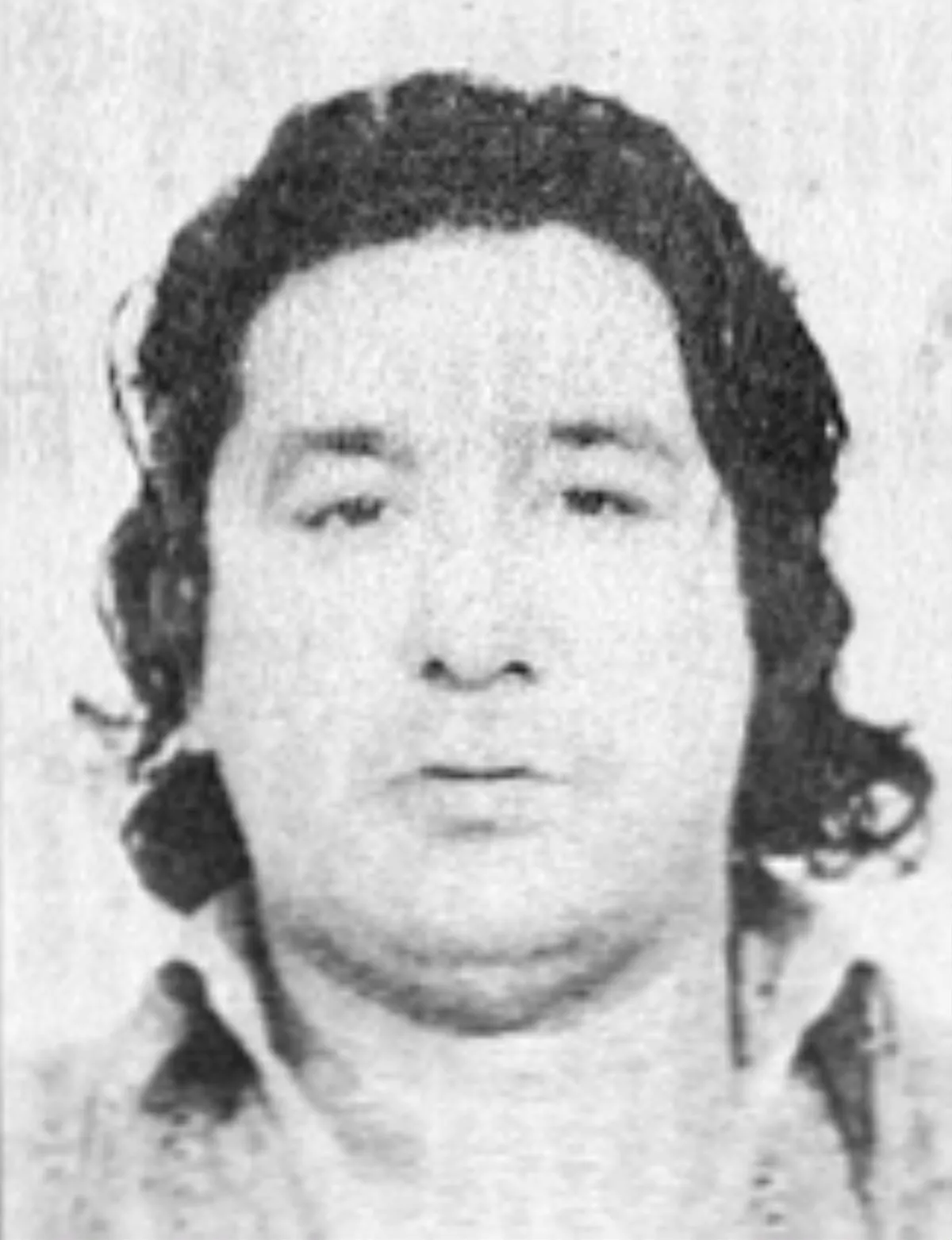 1.
1. Leonard Peltier was born on September 12,1944 and is a Native American activist and member of the American Indian Movement who was convicted of murdering two Federal Bureau of Investigation agents in a June 26,1975, shooting on the Pine Ridge Indian Reservation in South Dakota, which he denies.